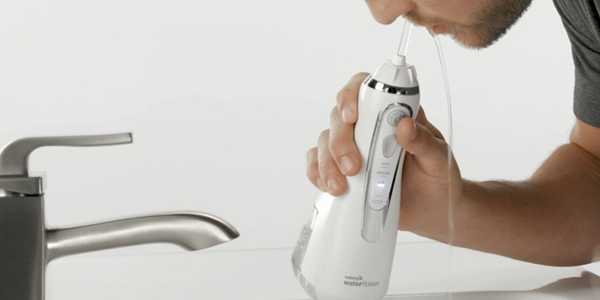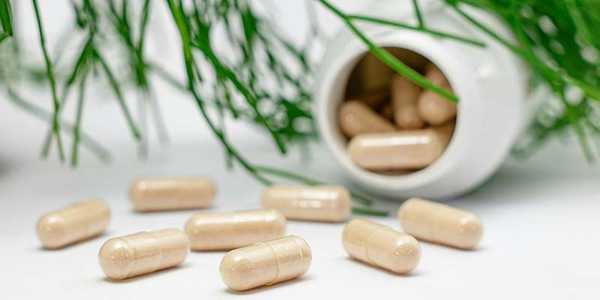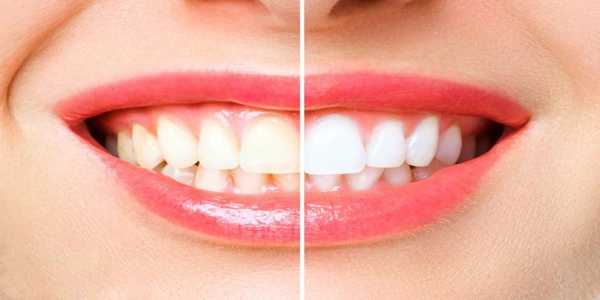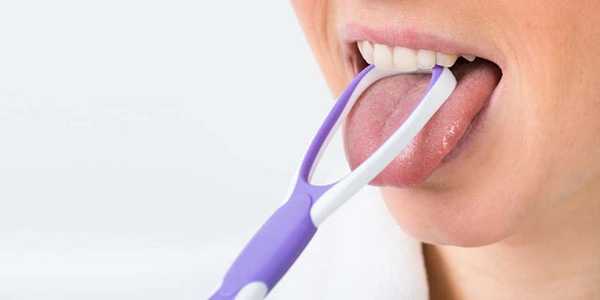Say Goodbye to Dry Eyes With the Best Eye Drops
Ever struggle with dry, itchy, or burning eyes that just won’t quit? If you’re tired of discomfort that interferes with your daily life, you’re not alone — and there are effective ways to get relief. Let’s explore the best eye drops for dry eyes and simple remedies that can help restore your comfort and protect your vision.
Symptoms and Causes of Dry Eyes
Dry eye syndrome is more common than you might think. You may notice symptoms like redness, a gritty or sandy sensation, sensitivity to light, blurred vision, or persistent eye fatigue. These signs indicate that your eyes aren’t producing enough tears or the right kind of tears to stay lubricated.
So, what causes dry eyes? Several factors can contribute:
Environmental triggers: Exposure to wind, air conditioning, heating, or long hours in front of screens can dry out your eyes.
Aging: As we get older, tear production naturally declines.
Medical conditions: Diseases like Sjögren’s syndrome, diabetes, or thyroid disorders can affect eye moisture.
Medications: Certain drugs, including antihistamines and antidepressants, may reduce tear production.
Contact lenses and surgeries: Wearing contacts or having procedures like LASIK can sometimes lead to dryness.
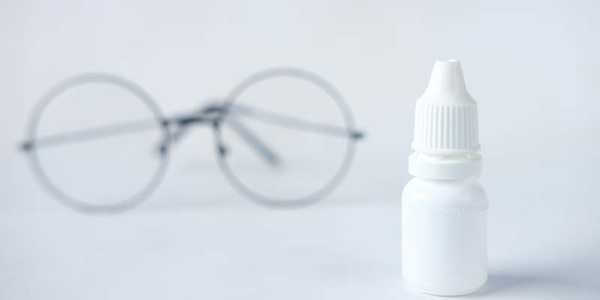
How to Treat Dry Eyes Effectively
Treating dry eyes usually starts with replenishing moisture and reducing irritation. Most people find relief by using eye drops, but not all drops are created equal.
Over-the-counter eye drops (also called artificial tears) are your first line of defense. These lubricate the eyes, soothe irritation, and can be used multiple times daily.
Preservative-free drops are ideal if you need frequent applications or have sensitive eyes, as they reduce the risk of irritation caused by preservatives.
For more stubborn or chronic cases, prescription eye drops like Restasis or Xiidra help by reducing inflammation and increasing natural tear production.
In addition to drops, lifestyle changes can make a big difference. Taking regular breaks from screens with the 20-20-20 rule (every 20 minutes, look at something 20 feet away for 20 seconds), using a humidifier in dry environments, staying hydrated, and eating foods rich in omega-3 fatty acids (like fish and flaxseed) can all support eye health.
Best Eye Drops for Dry Eyes in 2025
With so many options on the market, it helps to know which products have proven effectiveness and quality. Here are some top-rated eye drops to consider:
Refresh Tears: A trusted artificial tear brand offering fast relief for mild to moderate dryness. Its formula mimics natural tears to lubricate and soothe irritated eyes.
Systane Ultra: Known for long-lasting moisture and protection, ideal for people with moderate dry eye symptoms.
TheraTears: A preservative-free option, gentle enough for sensitive eyes and frequent use.
Restasis: A prescription drop that addresses the root cause by reducing inflammation and increasing tear production, suitable for chronic dry eye sufferers.
Xiidra: Another prescription treatment with anti-inflammatory properties to improve tear quality and comfort.
Gel Drops and Ointments: Brands like GenTeal provide thicker formulations for overnight relief, helping keep eyes moist while you sleep.
Choosing the right eye drops depends on your symptom severity, sensitivity, and frequency of use. Don’t hesitate to consult your eye care professional to find the best fit.
Simple Home Remedies for Dry Eyes
Beyond eye drops, there are easy home remedies you can try that often complement medical treatments:
Warm compresses: Applying a warm, damp cloth over closed eyelids can help unclog oil glands that keep your tears from evaporating too quickly.
Eyelid massages and cleaning: Gently massaging your eyelids and keeping them clean reduces inflammation and bacterial buildup.
Blink exercises: Regularly reminding yourself to blink fully helps spread natural tears across the eye surface.
Avoiding irritants: Stay away from smoky areas, strong winds, and direct air drafts from fans or vents.
Supplements: Taking omega-3 fatty acids may improve tear quality and reduce inflammation.
These simple steps can boost comfort and improve eye moisture over time.
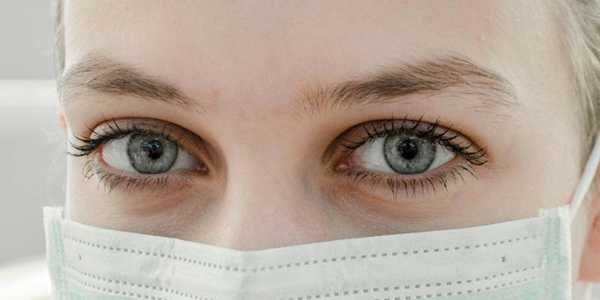
When to See an Eye Doctor
While many dry eye cases can be managed at home, it’s important to see a professional if you experience:
Persistent or worsening symptoms despite treatment
Severe eye pain or vision changes
Unusual discharge or redness
A history of eye surgery or medical conditions affecting the eyes
Regular eye exams are essential, especially if you use screens frequently or have risk factors, to catch problems early and maintain optimal eye health.
Tips for Choosing and Using Eye Drops
To get the most out of your eye drops, keep these pointers in mind:
Opt for preservative-free formulas if you need to use drops often or have sensitive eyes.
Follow the recommended dosage to avoid irritation or dependency.
Always check the expiration date and store drops as instructed, usually in a cool, dry place.
Never share eye drops with others to reduce infection risk.
If your eyes feel worse or you develop new symptoms, stop use and consult your eye doctor.
Conclusion
Dry eyes can be more than just an annoyance—they can impact your quality of life and even your vision if left untreated. The good news is that with the right eye drops, simple lifestyle changes, and occasional professional guidance, you can say goodbye to dryness and discomfort. Start by identifying your symptoms and causes, choose a suitable eye drop from trusted brands, and incorporate helpful habits to protect your eyes daily.
Ready to find relief? Explore top-rated eye drops today and take the first step toward healthier, more comfortable eyes!

